Written by Dr. Shire.
What is dental imaging?
Dental images are pictures obtained by a dentist for diagnosis or treatment planning purposes. There are a variety of types of dental images, including 2D and 3D images. These images help the dentist provide optimal care to the patient and fulfill their oral health care needs.
A little piece of history - when did this become common practice in the clinic?
Imaging has been part of dentistry for over a century. The x-ray was the first type of dental imaging to be discovered, taken in the late 1800’s by a German physicist. From this point on, medical doctors and dentists were eager to improve the technology because they saw how amazing the potential of medical imaging could be. To see something underneath skin, or other tissue, without surgery, was truly a wonder at the time. By the early 1900’s some of the pioneers of dentistry had already adopted and were using this technology, unfortunately there were many safety concerns because the technology had not yet been refined. By the late 1950’s dental x-rays were commonplace at most clinics and are still used everyday to help diagnose and treat patients.
Diving Deeper into Imaging
There are currently many different types of dental imaging available for a variety of uses in dentistry.
The most common used image in dentistry is the X-ray. A high-energy electromagnetic radiation that shows structures inside your mouth underneath gums and other tissue. How is this image made? Different structures and tissue of the body absorb different amounts of radiation energy, producing a greyscale image of bones, teeth and other tissue.
Photo of one of our X-ray machines at the clinic
“Bitewings” are the most common dental x-ray. They help dentists see the tight contacts in-between teeth where bacteria like to gather and create ‘cavities’. Bitewings also let us see the health of our bone that holds our teeth in place.
Bitewings and other small x-rays are taken by a machine that delivers safe levels of radiation to the specific area the machine is pointed at. Patients also wear a high-density lead apron as an added precaution, so exposure is kept at a minimum.
Panoramic X-ray
Panoramic x-rays, taken by a specialized machine, are x-rays of the patient’s upper jaw and lower jaw in a single picture. This gives us a glance of mid to lower thirds of the face allowing dentists to monitor growth of adult teeth in children, detect abnormalities and see unerupted wisdom teeth.
Photo of our Panoramic X-ray machine
3D x-rays, like Cone Beam Computed Tomography (CBCT) scans, are taken by a large machine that takes many x-rays at different angles. These x-rays are reconstructed to provide a detailed 3D image of the target area. CBCT scans are mostly used by specialists who require a highly detailed image of a specific area in head or jaw. 3D x-ray imaging has greatly improved the accuracy and outcome of dental implants by allowing us to treatment plan exactly where the implant should be placed in the patient’s mouth.
Intraoral Photos
Intraoral (meaning ‘inside the mouth’) photos are also commonly used in dentistry. They can be taken with a specialized wand, or a regular camera with the use of mirrors and good lighting. Intraoral photos can help dentists better communicate with patients by showing them images they may not be able to see themselves, such as cavities. Intraoral photos are very useful when diagnosing pathologies and in orthodontic treatment planning.
3D Technology
3D photo imaging is an exciting new technology in dental imaging. An intraoral scanner is moved across the teeth by an operator while rapidly taking hundreds of photos. These photos are stitched together and reconstructed into a detailed 3D image of the patient’s mouth. 3D scanners are desirable as they can replace the need for messy dental impressions. Advanced software takes the 3D images and uses them for predicting orthodontic outcomes, making dentures, placing dental implant, and for creating smile makeovers with crowns, bridges and veneers!
How does this enhance dental care?
Dental imaging is an essential tool to dental professionals. Virtually all procedures in dentistry rely on some form of dental imaging. Images help detect simple cavities, plan complex procedures, and predict the outcome of dental treatment. They allow dental professionals to see things not visible with the naked eye.
Example of an X-ray taken with our machine displayed on one of our iPads.
Benefits to patients
The main benefit patients see from dental imaging is better treatment outcomes. Without dental imaging many procedures could not be performed safely or ethically as the dentist would not have enough information to accurately assess dental problems. Ultimately with the use of dental imaging patients can expect improved and more predictable outcomes of treatment.
3 Key Takeaways
Dental imaging is over a century old but is continually evolving and something dentists rely on everyday in the office. There are a variety of types of images from x-ray to 3D photos, which are used in all fields of dentistry. Dental imaging may be overlooked because it is so common. However, both dentist and patients rely on imaging for improving communication, diagnosis, and treatment outcomes.
Thank you for taking the time to read our blog, if you’d like to learn more about the technology we have in the clinic or book an appointment with myself or Dr. Hamilton please don’t hesitate to give us a call on 306-931-0000.



